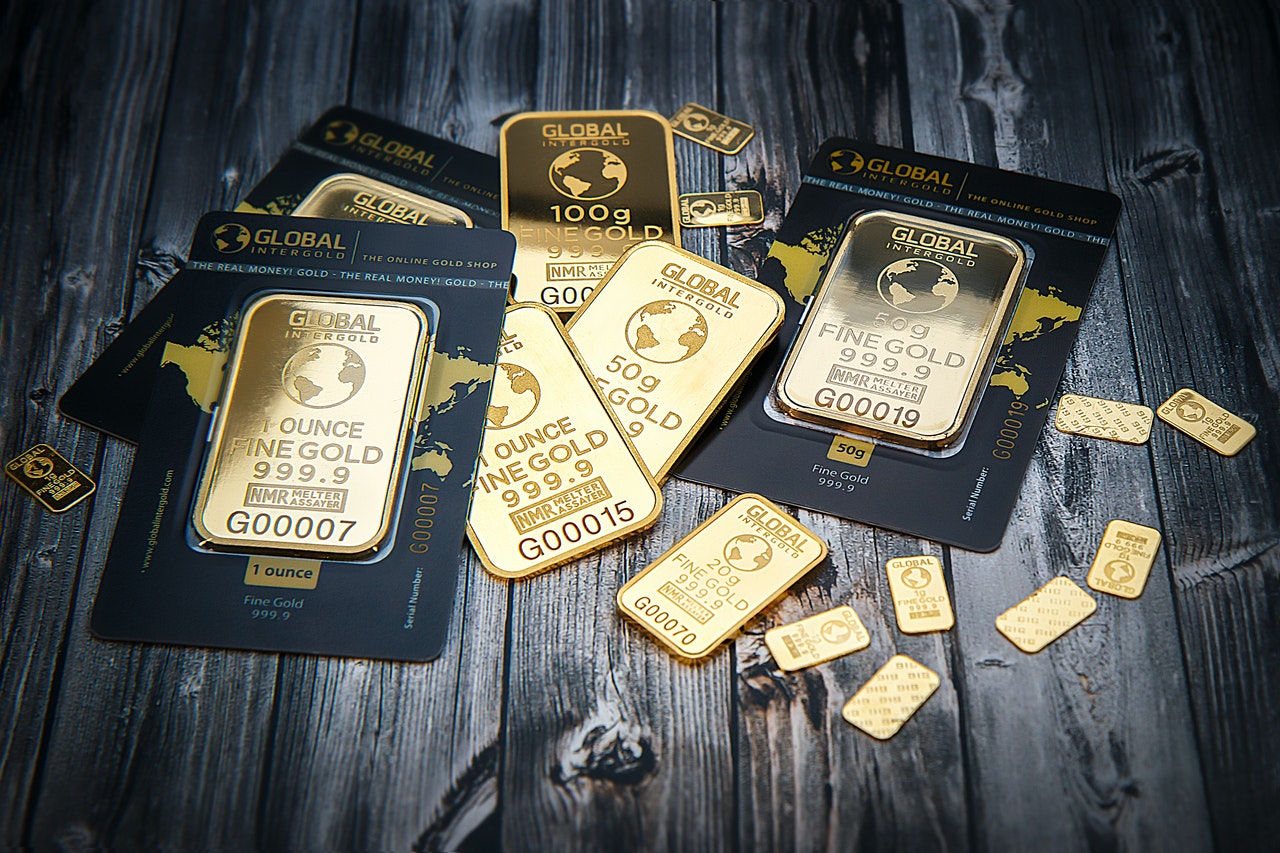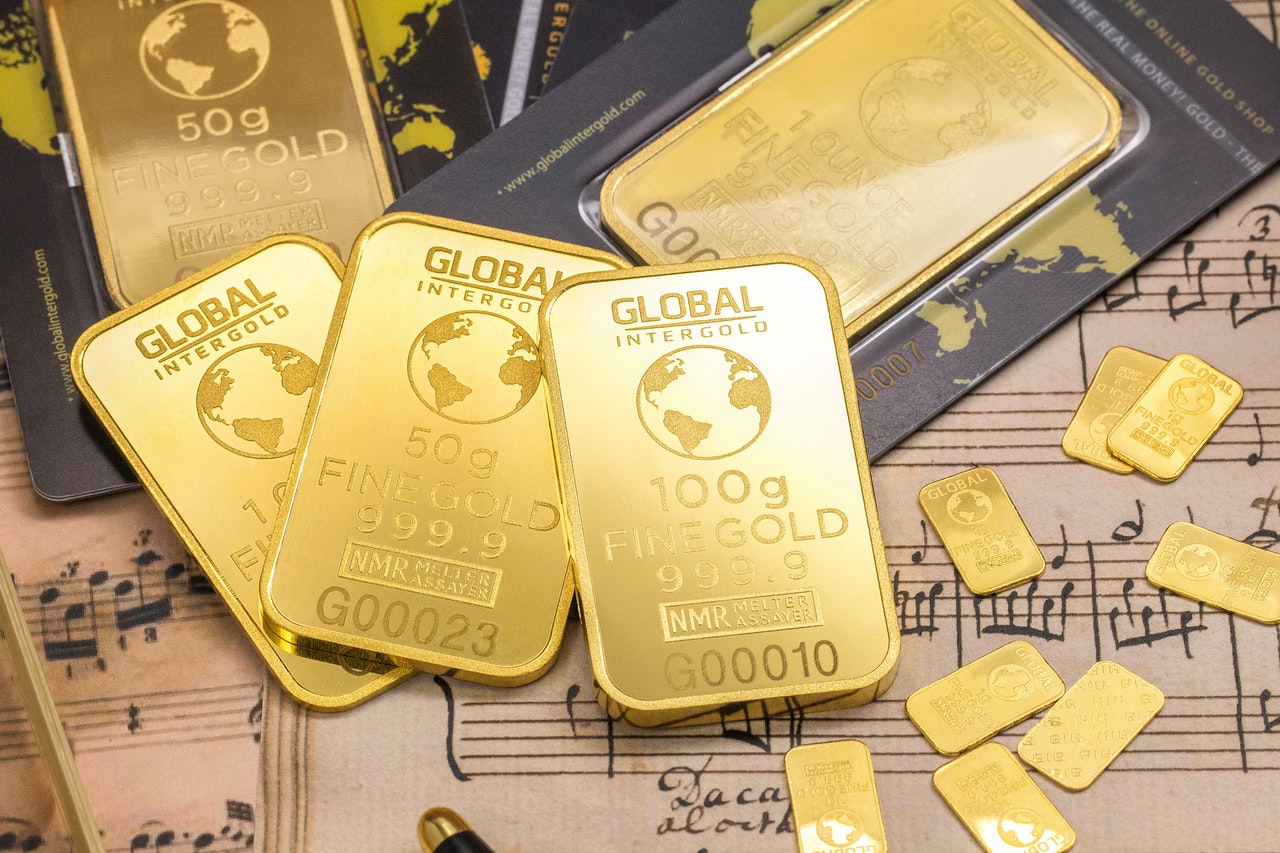With the level of economic uncertainty in many parts of the world, everyone seems to be looking for ways to protect their wealth.
You may have heard about investing in silver, gold, or other precious metals. While that is a good idea, it is not a simple investment. You need to consider certain variables within the period of investment.
Although some investors do not believe in precious metal investments, while others have so many of them in their portfolios. To help you know which side of the divide to join, we created this guide to show you the pros and cons of investing in precious metals.
This guide also includes certain vital questions you need to ask before investing in precious metals. You may also want to read the Amagi Metals review to find out how to identify when an investment company is a scam.
The Pros of Investing in Precious Metals
Generally, metals like silver and gold are known to successfully hold wealth over a long period. They may become volatile at a point but here are some benefits of holding metals in your portfolio:
- They don’t correlate with real estate, bonds, or stocks.
- Their universal purchasing power increases when there is inflation or currency devaluation.
- There are no credit risks.
The Cons of Investing in Precious Metals
The disadvantages are:
- They do not generate cash flow.
- Their value may change unpredictably.
- There are transaction costs such as security, storage, and shipping fees.
Questions to Ask Before Investing in Precious Metals
 Before you invest, ensure you ask the following questions:
Before you invest, ensure you ask the following questions:
1. Is it Paper, Physical, or Digital?
The idea behind this investment is for you to own assets that are nobody else’s liability. When you invest in physical metals like bars and coins, ETFs, and digital gold, you will achieve this objective.
However, holding paper gold like futures contracts and gold certificates does not grant you ownership over the asset. Also, you can’t exchange it for precious metals.
Therefore, if the issuer defaults, a paper gold investor may become an unsecured creditor. To avoid this, ensure you invest in metals that grant you direct ownership. Physical ETFs give you ownership of the metal in shares that you can redeem in exchange for physical metals.
2. Is it Unallocated or Allocated?
Allocated metals offer the highest level of investor security because they are unencumbered, segregated, and provide ownership title for the holder. You cannot lend or lease them to any third party.
On the other hand, unallocated metals have counterparty risk and the holder does not have the ownership title. Also, the ownership claim may exceed the underlying metal’s value. If the issuer goes bankrupt, the investor will become an unsecured creditor.
3. What is the Plan for Storage?
The major reason you want to hold silver or gold in your portfolio is to use it as a hedge. Therefore, you need to avoid counterparty risks during storage. A reputable storage provider will offer insurance.
ETFs store their underlying metals at bullion banks to protect them from calamities. But sometimes, these bullion banks use other custodians to store metals which opens them to another level of risk that we cannot quantify.
To avoid this, select a reputable and trustworthy storage facility. For ETFs, avoid any custodian that is a subsidiary of a levered financial institution.
4. Can You Identify Counterfeit?
These days, it is not only silver and gold that have counterfeits. Scammers are now creating counterfeit platinum products. They even look better than the original item.
According to the ACEF (Anti-Counterfeiting Educational Foundation), during the pandemic, there was a huge demand for bullion but the supply was limited. As a result, a new market opened up for counterfeit distribution and unsuspecting investors lost a lot of money in such deals.
To avoid buying counterfeit, ensure you buy from well-known bullion dealers. You can also buy from national mints like the US Mint. Avoid buying online except you have done thorough research, and you can verify the seller.
5. Which Metal Should You Invest In?
 The commonest metals are silver and gold, but there are other types like palladium and platinum.
The commonest metals are silver and gold, but there are other types like palladium and platinum.
i). Gold
All through history, gold was an unparalleled value store. It is still an alternative currency and a monetary product. Its counterparty risk is minimal, and it serves as a safe haven in periods of economic downturn or geopolitical upheaval.
Central banks have almost a sixth part of the universal investment-grade gold stock. They use it to diversify their foreign currency reserve. Historically, people use gold to diversify their portfolios.
ii). Silver
It is very useful in present-day technology and as a currency because of its physical properties. An estimated 50 percent of the yearly silver supply goes to industries for manufacturing purposes. The metal is a hybrid and more affordable compared to gold.
Silver is regarded as the metal for the “common man”. It is also used in portfolio diversification. However, it has more price volatility than gold.
iii). Palladium and Platinum
These are not-so-popular metals, but they possess incredible properties which makes them valuable. They are more in demand in the autocatalyst market and among jewelers.
They are very rare compared to silver or gold as just a few countries produce them. As a result, their supply is prone to unpredictable changes.
6. Will You Pay Tax on Your Investment?
For investors in the US, precious metals are classified as collectibles like fine wine, art, and rare books.
The tax rate on capital gains for collectibles held for more than 1 year is capped at 28 percent. This rate is higher compared to other assets that are capped at 15 to 20 percent, depending on the filing status and gross estimated income.
If the metals were held for less than a year, the investor will pay the normal income tax rate. ETFs also pay 28 percent tax as investors who own bars or coins. You can click here to get further clarification on the tax rate for silver and gold investments.
Conclusion
Investing in silver or gold is an innovative way to diversify your portfolio as it does not correlate with stock or bonds.
We shared other benefits of holding them as well as some drawbacks such as the fees for storage, shipping, and security. There is also another concern of buying counterfeit but you can overcome this challenge by selecting a reliable bullion dealer.

I am Adeyemi Adetilewa, an SEO Specialist helping online businesses grow through content creation and proven SEO strategies. Proficient in WordPress CMS, Technical Site Audits, Search Engine Optimization, Keyword Research, and Technical Writing (Portfolio).
I help brands share unique and impactful stories through the use of public relations, advertising, and online marketing. My work has been featured in the Huffington Post, Thrive Global, Addicted2Success, Hackernoon, The Good Men Project, and other publications.

